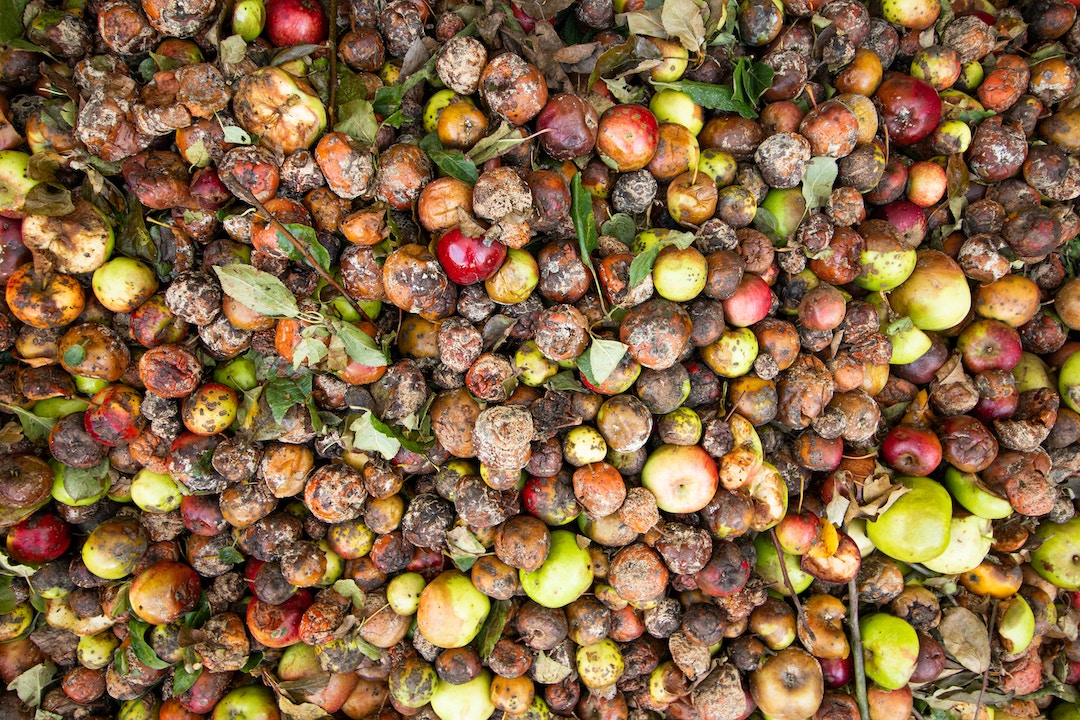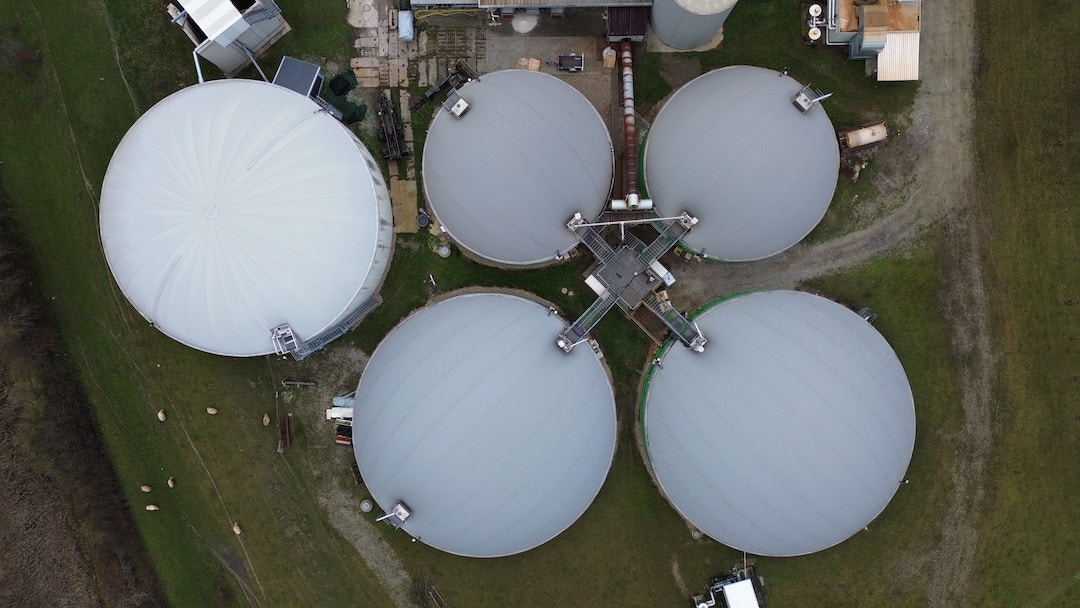A group of mechanical engineers have discovered a method of powering shopping centers, offices and more using organic waste.
The team from Finn Biogas, who mainly work out of Queensland, were inspired to design a scaled down version of industrial biogas plants, which regularly convert organic matter into energy. By promoting the use of this smaller machine in commercial buildings around the country, the team is hoping that Aussies can reduce their carbon emissions and engage in a smarter form of energy production.

What is the new system?
The new system is known as the Firefly MMAD, which stands for “micro modular anaerobic digester.” It has been designed to collect organic waste from commercial buildings including apartment complexes, shopping centers and universities, and transform it into energy.
According to lead engineer and Managing Director of Finn Biogas, Jason Hawley, the facility is intended to fit into these smaller buildings, unlike the industrial-scale plants that are currently in operation.
“It’s for the organic waste that’s in coffee shops, restaurants, office buildings,” he says.
“The idea is to reduce the transport of this waste and, obviously, divert it from landfill.”
According to the Department of Climate Change, Energy, the Environment and Water, between 40-60 percent of waste currently sent to landfill is organic. This material breaks down slowly, releasing carbon dioxide into the atmosphere. By encouraging businesses to instead deposit their organic waste into Firefly MMAD, Jason Hawley is hoping that we can reduce carbon emissions as a whole.

A traditional biogas plant, significantly bigger than the
How will it work?
Each individual Firefly MMAD plant contains several waste-processing modules, as well as valving and a central control system.
Depending on the needs of the building, users can choose for the plant to operate in either aerobic or anaerobic mode. When using aerobic mode, the organic waste will be converted into nutrient-rich compost which can then be shared with farmers and local growers. In anaerobic mode, the waste will be broken down by bacteria. This results in the release of gas, which can then be collected and turned into biogas. Biogas is commonly used in the production of electricity and other energy, meaning businesses can power themselves through the recycling process.
According to Hawley, this energy will be returned to the facility that the waste originated from.
“We find that most of the projects we do – even at the industrial scale – if the facility is large enough to produce the volumes of waste to look at a digestion system, then they’re generally large enough to consume all of the energy that it would produce.”
This also reduces the emissions created through the transport and disposal of this waste, as it can be converted on-site. Those using Firefly MMAD will therefore also save money, making it an economic opportunity as well.

What are the challenges?
However, while Firefly MMAD is an exciting product, Hawley and his team are still facing some challenges when it comes to scaling down the recycling processing plant.
“Obviously, equipment is produced by vendors at a certain range or a certain flow rate, so that meant getting equipment we’re happy with, that was smaller, but also still met the needs of the project in terms of costs.”
The smaller scale of the machine also meant achieving net energy gain became a more difficult goal. As the system still used the pumps and motors designed for much larger machines, energy usage spiked quickly. However, the team were able to offset this due to the overall reduction in carbon emissions when utilizing the plant.
“We found that by doing decentralized treatment of waste we got some really good gains from a CO2 point-of-view,” says Hawley.

What’s next?
So far, the Firefly MMAD has been designed for buildings such as apartments, shopping centers, and universities. However, the team have set their sights on making the system accessible for a wider range of operations, including mining camps, and small offshore communities.
By encouraging widespread adoption of the Firefly MMAD, the way Aussies produce and consume energy could become significantly more efficient, and lead to positive environmental changes.
To read about another scientific project seeking to protect the environment, click here.

